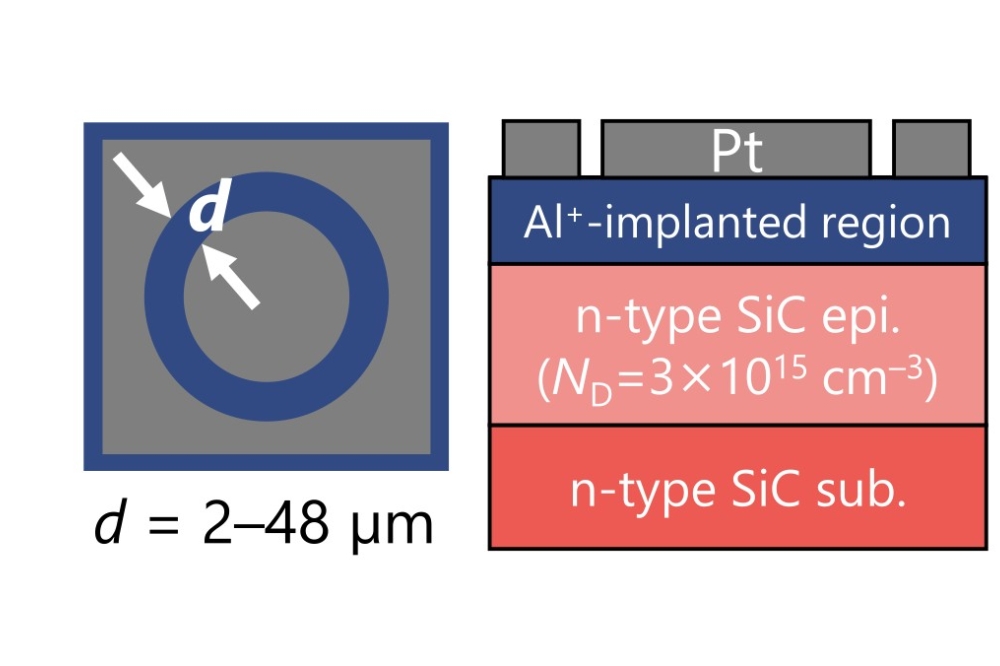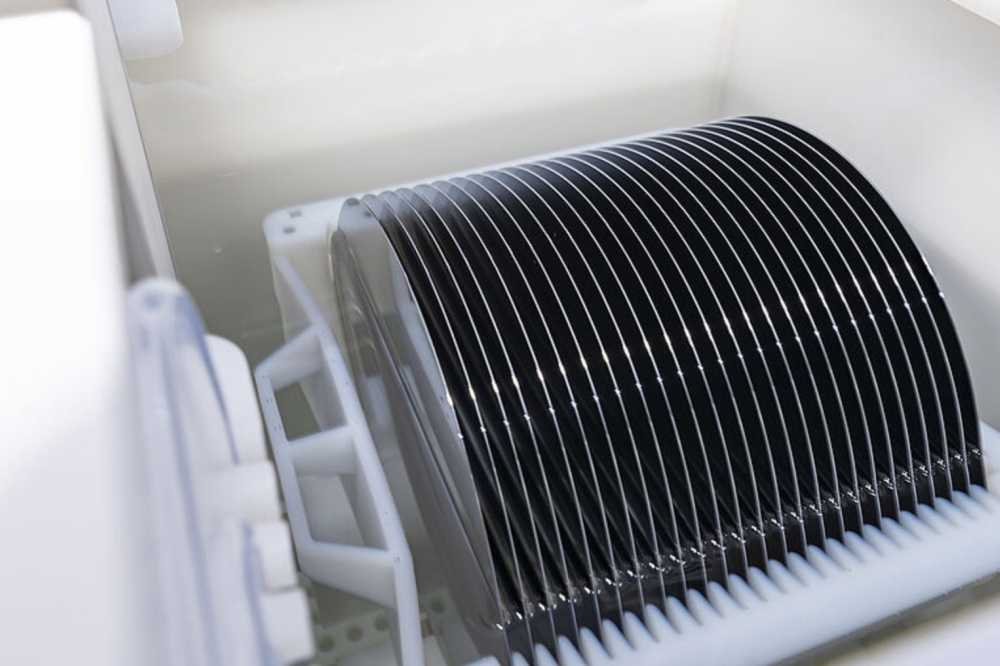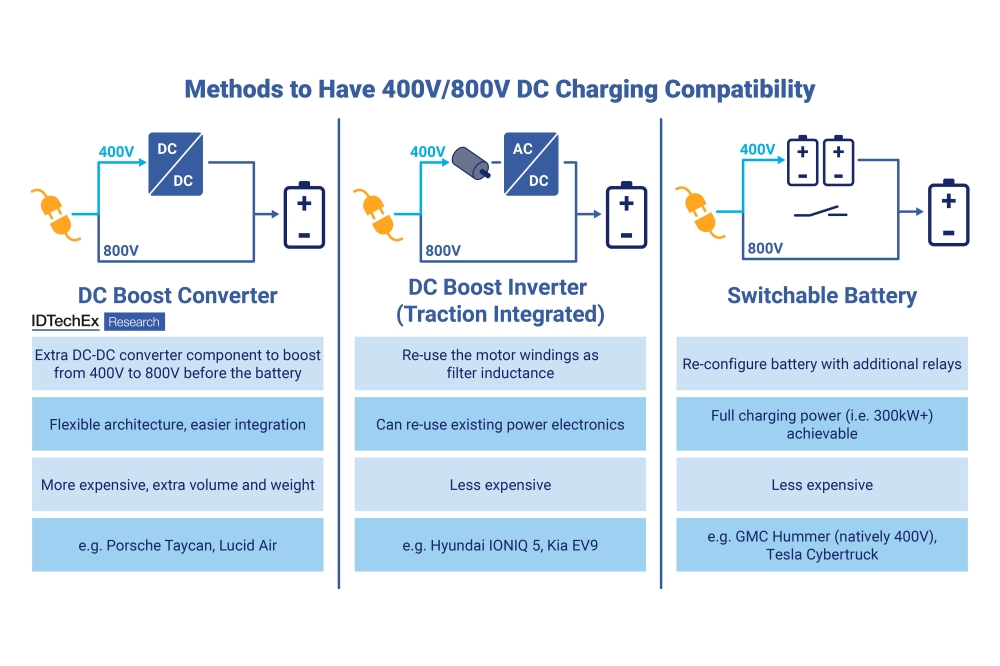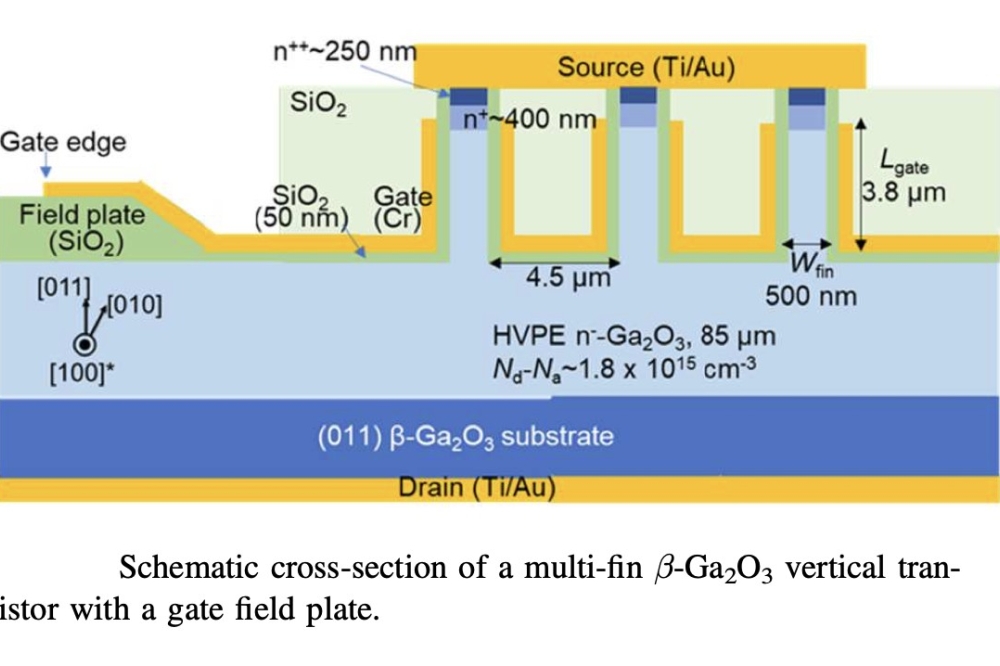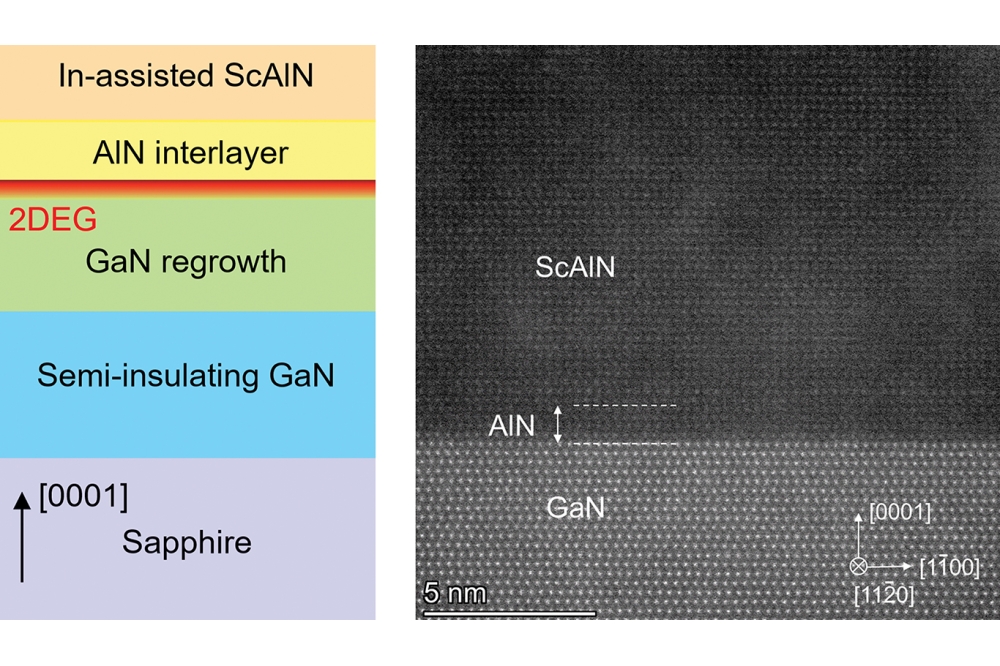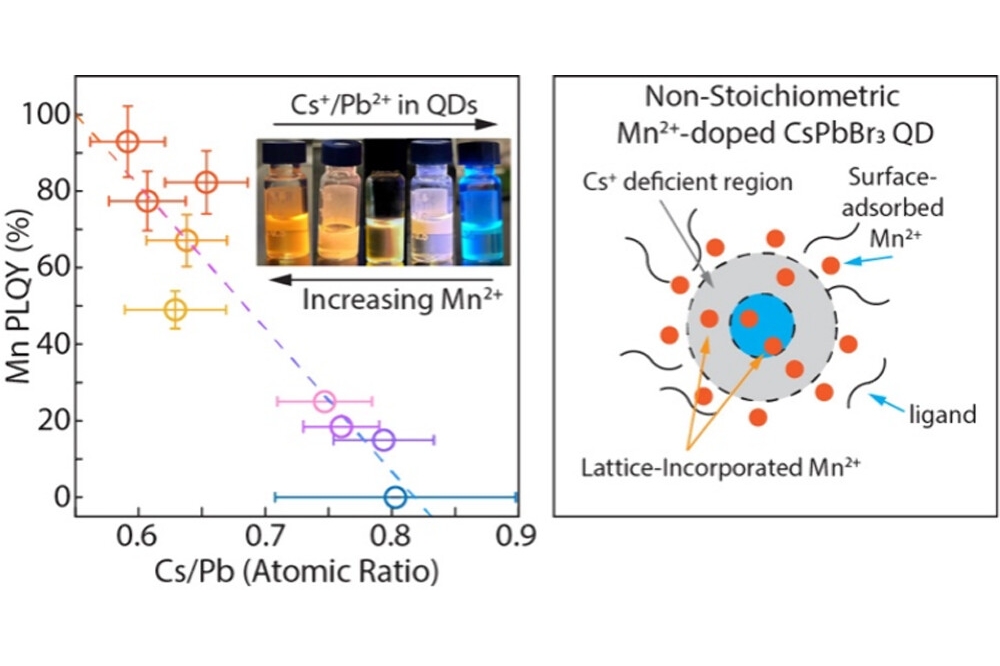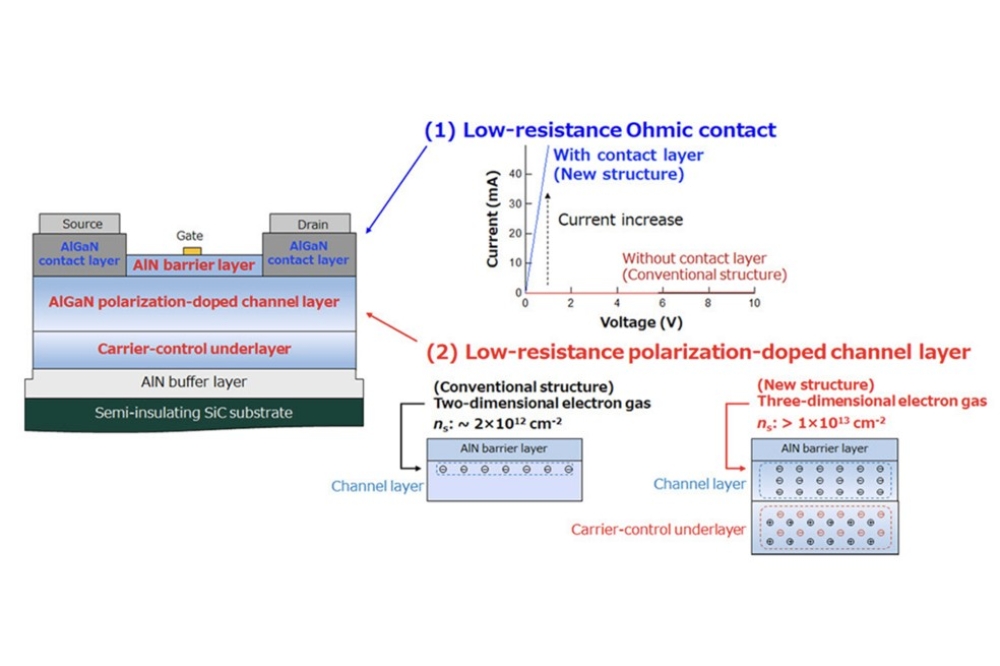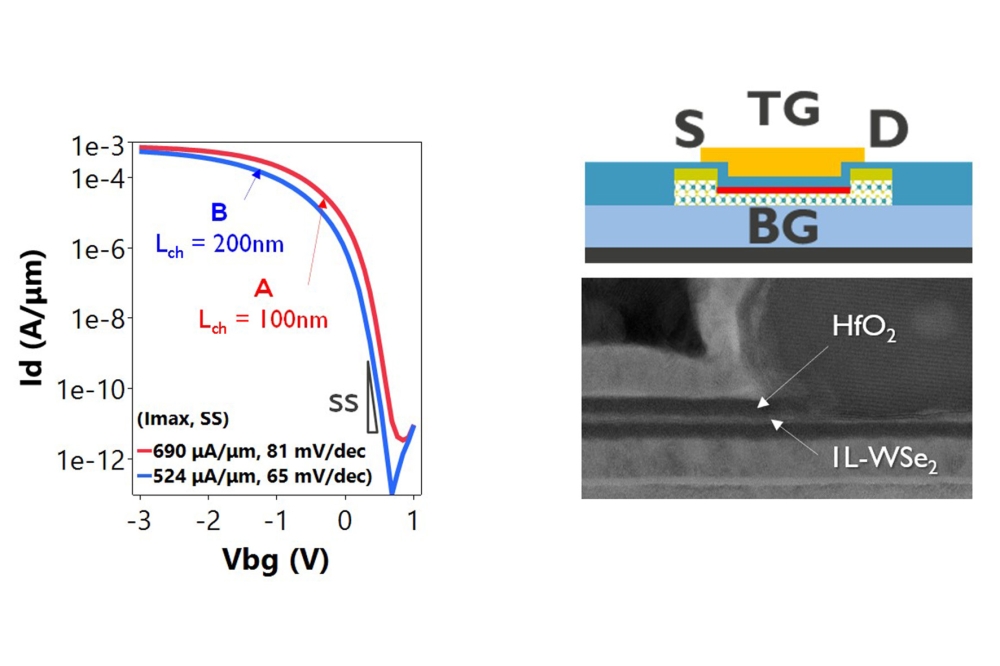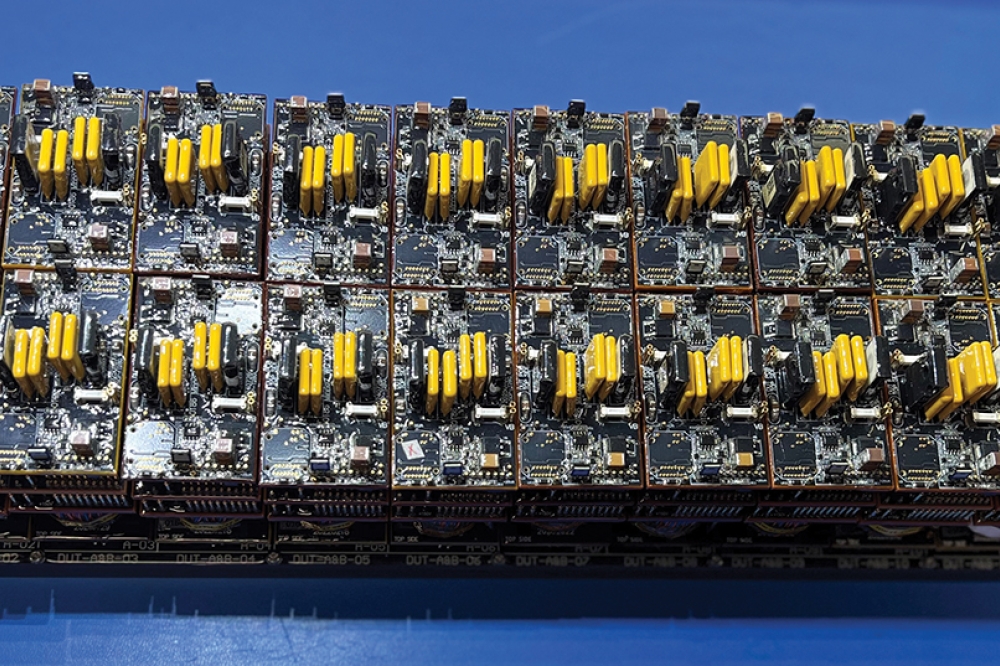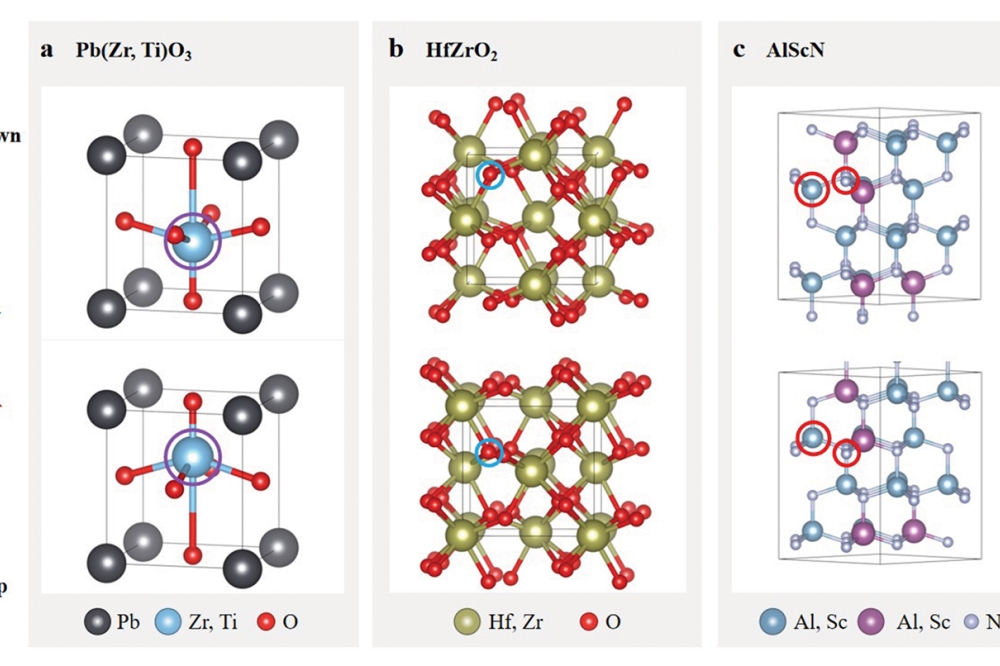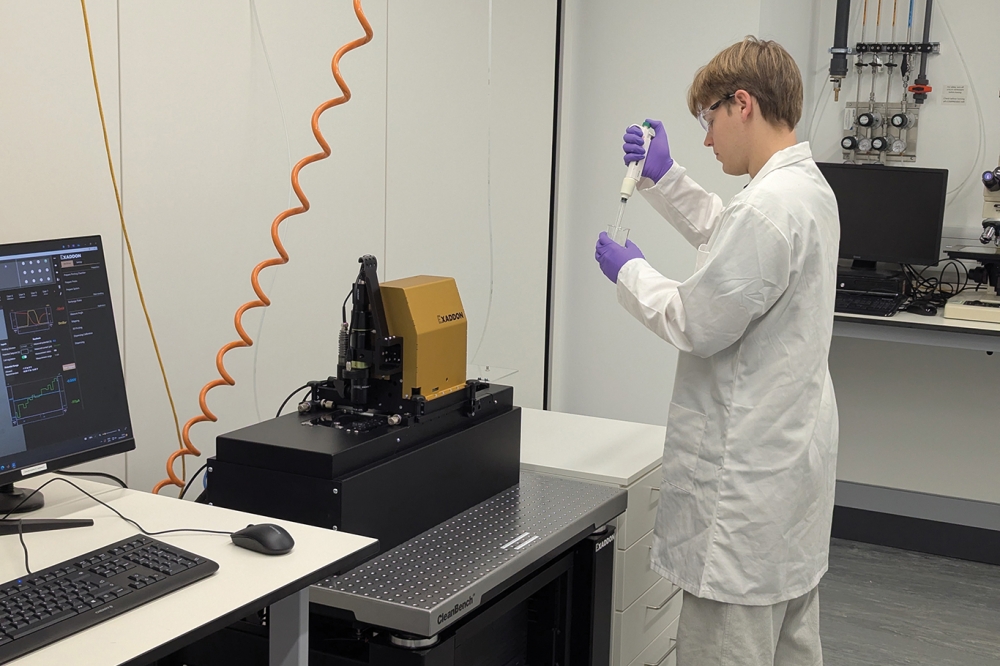Tariff uncertainty weighs on displays
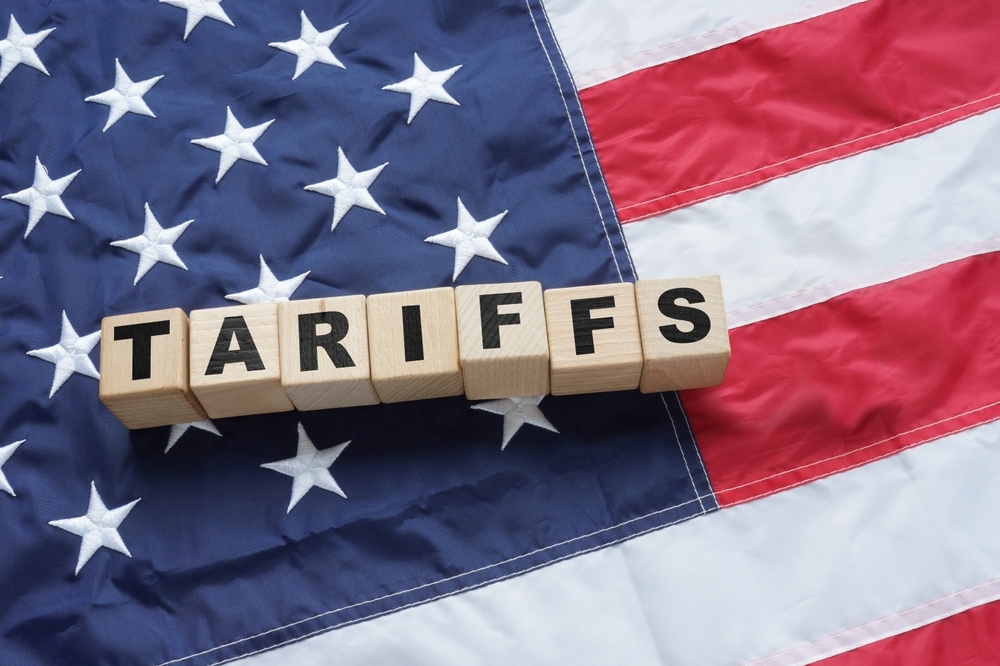
Following the US recently announced tariffs, TrendForce reports that Asia—particularly Southeast Asia, a key hub for the consumer electronics supply chain—has been significantly impacted.
The display industry now faces potential tariffs on optical films and AMOLED organic light-emitting materials, which may drive up material costs. Meanwhile, end-user demand could weaken, and prices for finished products may rise.
While LCD panel production and related component manufacturing remain concentrated in Asia, most key components are produced in China for local supply. Display-related semiconductor components are also primarily made in Asia and are not directly exported to the US, meaning that LCD panels and related components are unlikely to be immediately affected by the ongoing tariff conflict.
However, China has announced retaliatory tariffs of 34 percent on certain US imports, which may impact American suppliers of optical films and AMOLED organic materials. Some US-based suppliers, in an effort to maintain their technological advantage, have opted not to set up production sites in China and instead ship products directly for use by Chinese panel makers. With higher tariffs now in place, these suppliers face significantly increased costs, which may affect their competitiveness and deter Chinese panel makers from using US-sourced materials.
TrendForce warns that the US tariff policy could dampen demand across a wide range of end-user products. A general increase in tariffs could trigger inflation and weaken consumer confidence. Consumers may reduce spending on electronics such as TVs and notebooks due to their limited disposable income. While a rebound in commercial IT demand was expected this year, uncertainty around economic policy may prompt businesses to rein in IT spending and delay purchases, slowing any recovery in the enterprise segment.
The outlook remains uncertain regarding the long-term implementation of these tariffs or the possibility of easing tensions. In the short term, consumer electronics brands are postponing shipments from production hubs in China and Southeast Asia. Brands and OEMs with facilities in Mexico are exploring ways to better utilize that capacity to gain a production cost advantage and mitigate tariff pressure.
If no policy changes are made, and considering most brands currently hold around three months of US-bound inventory, end-product prices may begin rising as early as the second half of 2025 to offset increased tariff-related costs.


